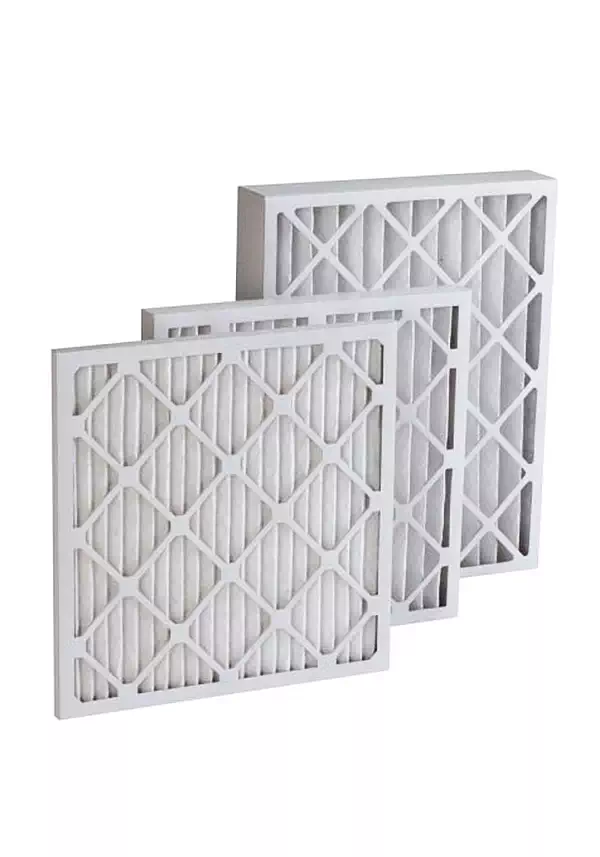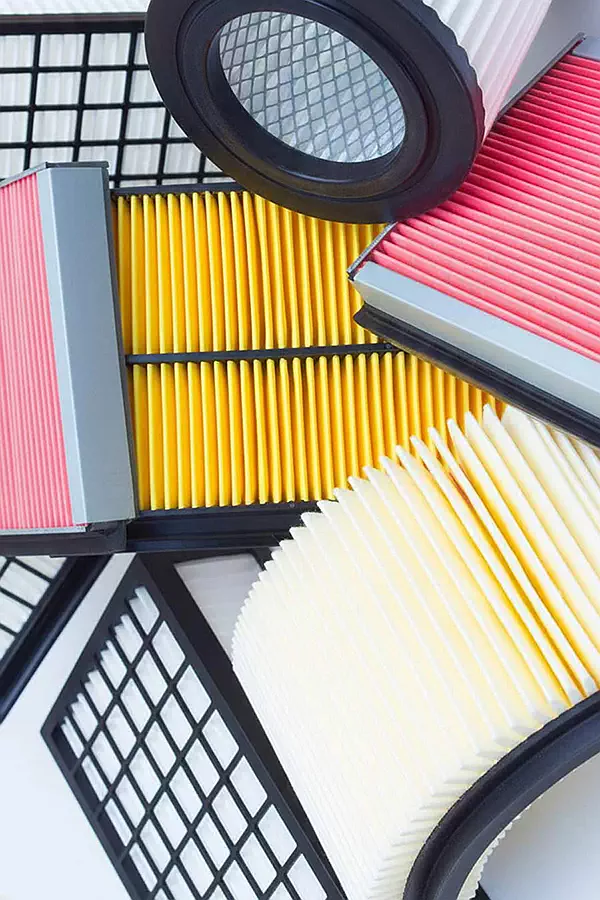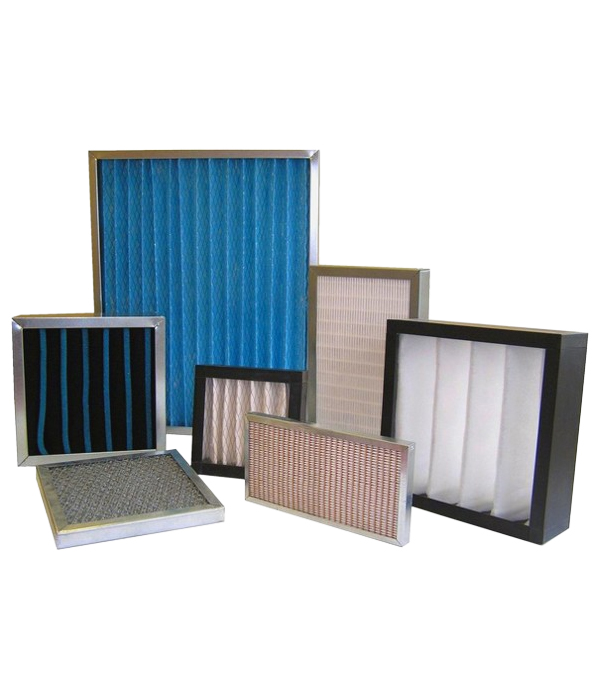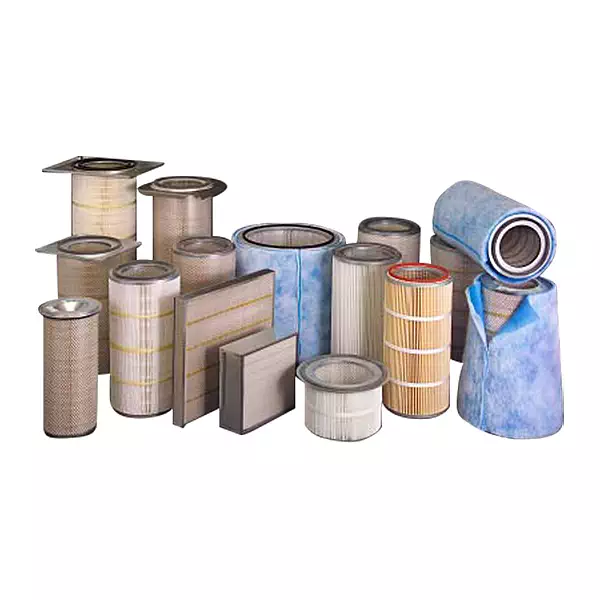Classification of filters in Batumi
Filters for ventilation systems can be classified according to different criteria, such as the principle of action, the degree of cleaning, the construction and the area of application. The main indicator is the degree of purification, which determines the size of the particles that the filter can hold, as well as to which class it belongs (for example, classes G, M, F, H, U).
According to principle
- Mechanical filters – work on the principle of a physical barrier. They use a filter material (fabric, synthetic fibers) to trap particles. They capture dust, dirt, and other contaminants.
- Example: Filters made of synthetic fibers or fiberglass.
- Electrostatic filters – use an electric charge to attract particles. They are effective at removing small contaminants.
- Example: Filters with electrical circuit boards that generate static electricity.
- Carbon filters – designed to remove odors and chemicals. Activated carbon absorbs pollutant molecules.
- Example: Kitchen hood filters.
- Photocatalytic filters – use light to activate catalysts that break down pollutants.
- Example: Titanium dioxide filters activated by ultraviolet light.

By degree of cleaning
- Preliminary filters (G) – trap large particles and protect the main filters from rapid clogging. Coarse filters for ventilation (classes G1-G4) trap large particles of dust, fluff, and pollen larger than 10 microns.
- Example: Filters made of synthetic materials used in HVAC systems.
- Main filters (M, F) – provide primary air purification from small particles. Fine filters (classes F7-F9) trap fine dust, aerosols, and other particles larger than 1 micron.
- Example: Class F7 filters used in industrial ventilation systems.
- High-efficiency particulate air (EPA, HEPA) filters trap up to 99.97% of particles as small as 0.3 µm, including pollen, fungal spores, and bacteria. High-efficiency particulate air (HEPA, classes H10-H14, as well as EPA classes E12-E13): Filters the smallest particles, including pollen, mold, and viruses, as small as 0.1 µm or larger.
- Example: HEPA filters used in healthcare facilities.
- Ultra-high-efficiency particulate air (ULPA) filters. Ultra-high-efficiency particulate air (ULPA, classes U15-U17) provide the highest degree of purification, trapping particles down to 0.001 µm. They can be used as additional filters to remove odors and chemical contaminants.
- Example: ULPA filters used in medical and biotechnology laboratories.
- Preliminary filters (G) – trap large particles and protect the main filters from rapid clogging. Coarse filters for ventilation (classes G1-G4) trap large particles of dust, fluff, and pollen larger than 10 microns.

By design
- Flat filters – have a flat surface and are used in various ventilation systems.
- Example: Flat filters for window air conditioners.
- Cylindrical filters – are used in industrial systems for more efficient filtration.
- Example: Cylindrical filters for industrial fans.
- Cartridge filters – are replaceable elements that are easy to replace.
- Example: Cartridges for household air purifiers.
- Modular filters – consist of several sections and can be adapted to different needs.
- Cassette filters: The filter material (often pleated) is placed in a rigid cassette.
- Pocket filters: These have “pockets” that increase the filtration area.
- Example: Modular filters for large ventilation systems in buildings.
- Flat filters – have a flat surface and are used in various ventilation systems.

By area of application
- Industrial filters – used in industrial settings to remove harmful substances from the air.
- Example: Filters for aspiration systems in factories.
- Household filters – used in home ventilation and air conditioning systems.
- Example: Filters for wall-mounted air conditioners.
- Automotive filters – clean the air in a car from dust and pollutants.
- Example: Dust and carbon filters in cars.

